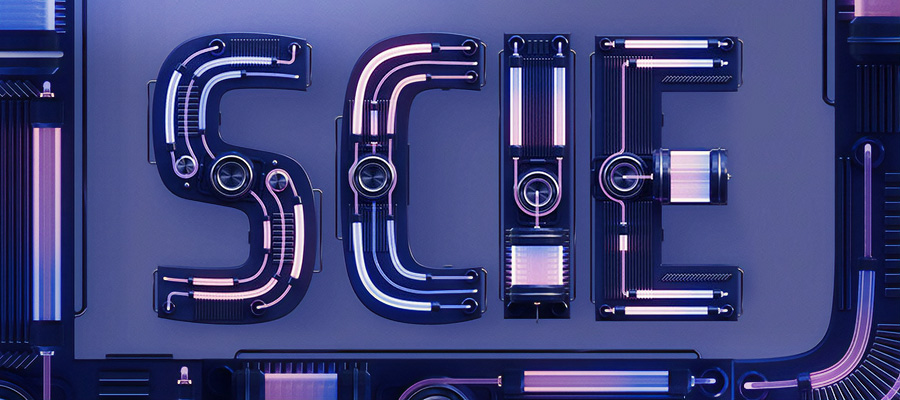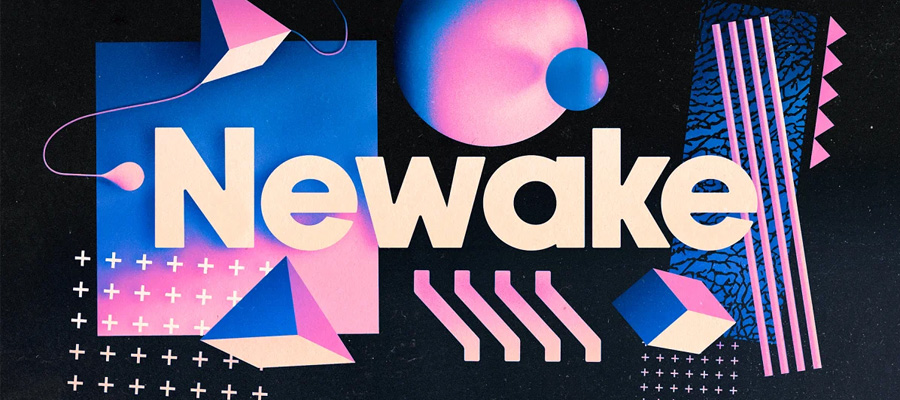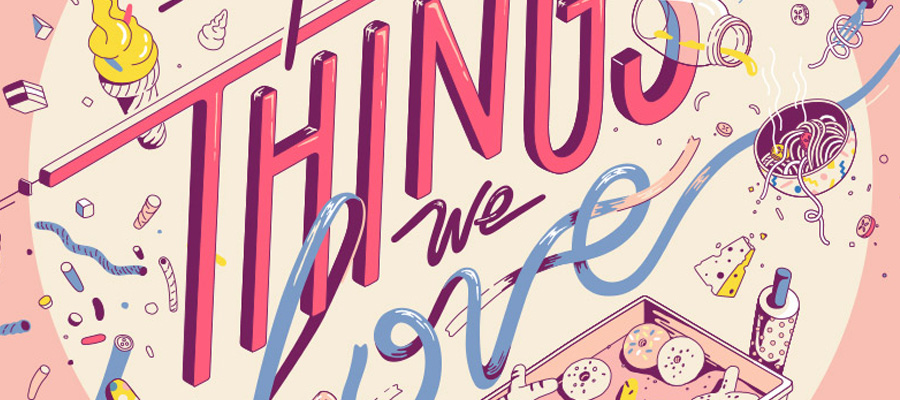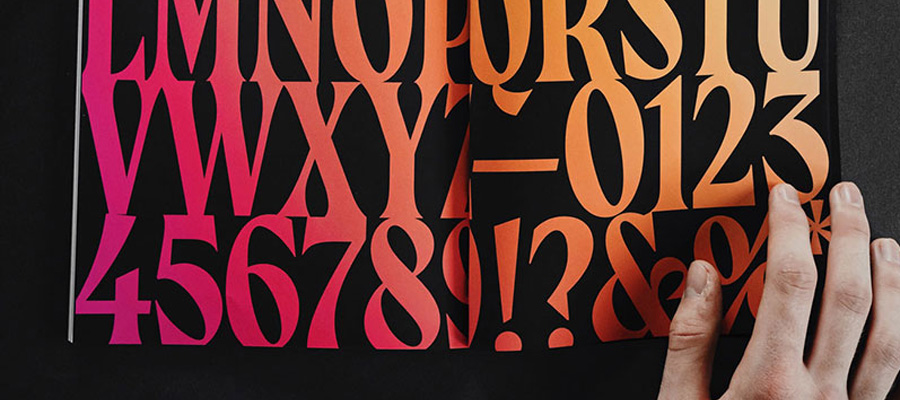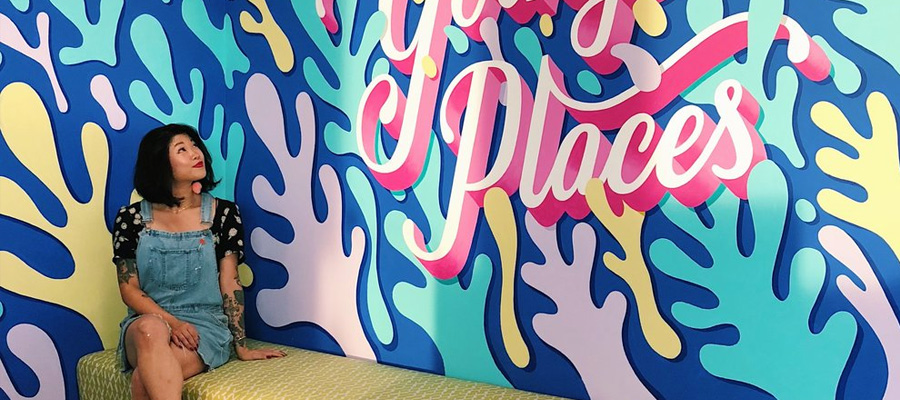Whether you are designing for print or the web, there are a lot of elements to consider. The color scheme, the theme, layout, and even the fonts used on the page. It doesn't matter if you are designing a webpage, a flier or an online ad, any media buying expert will tell you, you have an obligation to your viewers to create an item that is overall aesthetically pleasing.

Each typeface has attached to it certain emotions and messages that it delivers to the viewers through its appearance alone. There is a plethora of typefaces in existence online, some of which you can obtain for free. But when it comes to choosing typefaces, there are several that you should never--or seldom-- use.
1. Papyrus
Papyrus is the typeface generally found on restaurant menus and in some retail locations. Because the edges of the letters are frayed and tattered, people who use it generally think that it's a little edgy and "rough around the edges." Yet it's so overused, those who do use it are seen as having no creativity.
Plus, if you use this to advertise your business, it may give off the image that your food or products are also tattered and damaged. That's not good for any business's image.
2. Curlz MT
Just because someone is offering a website or business catered to the young female demographic, they feel some obligation to use Curlz MT. Sure, all the little swirls and tails at the ends of letters are cute, and it does have some sort of Parisienne vibe, but this is another one that too many people use. Plus, Curlz MT gives off the feeling of thoughtless superficiality. You are trying to appeal to young girls, not encourage them to act flighty and prissy.
3. Arial and Times New Roman
The majority of internet users are teenagers and young adults, meaning a large portion of your viewers could be in school or recently out of school. This means that when they see fonts like Arial and Times New Roman, they will associate it with writing essays and doing homework, which is not the feeling you want to convey.
While these typefaces are appropriate for blog posts or accentual reasons, they should never be the ones you use for your featured content.
4. Comic Sans MS
Unless you are creating a sign or website for a room full of five year olds, stay away from this typeface altogether. Comic Sans MS is one of the fonts most designers would have on their list of top five most despised typefaces.
Comic Sans MS has an elementary feel to it that, if used on any signage, does nothing short of insult the readers' intelligence, and in turn makes them take your content less seriously.
5. Handwritten typefaces
Any typefaces with the word "hand" or "handwritten" should also be avoided, as they are also greatly overused. A lot of people use these types of typefaces for invitations or other personal documents, or they use it to make their webpage feel more personal.
The problem is, there is nothing personal about a typeface that everyone uses for the same purpose. If you're making a print sign, you are better off writing it by hand yourself, that way it is personalized rather than appearing as an attempt to be personalized.
There are multiple websites that allow you to turn your handwriting into a real font. This is a much better alternative if going for that specific look.
Remember, when you are creating content, you want it to stand out and be memorable for the viewer. Using typefaces already installed on your computer is a good way to let your business fall. There are many resources online for you to install fonts for free, most of which the everyday user has never seen. Using these instead is a surefire way to catch prospective consumers' attention. Designing should be above all else a creative and fun process, but done with a clear purpose. And whether or not they know it, your viewers can tell.
